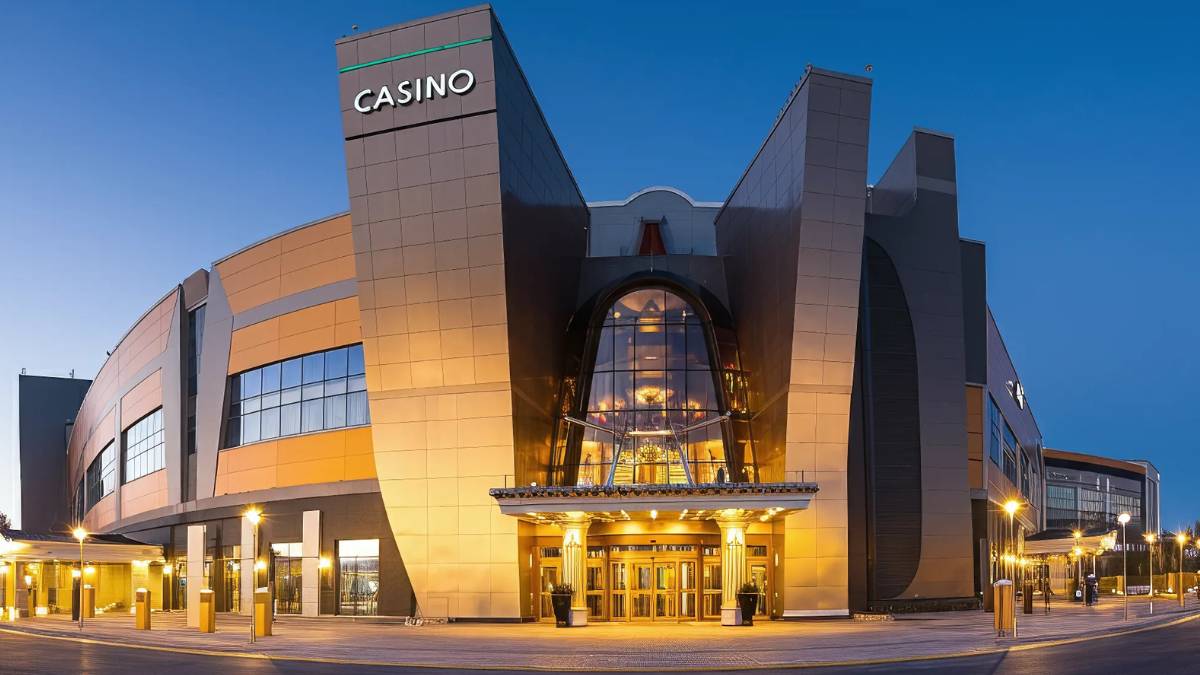Horse Racing
Talking Horses: BHA may struggle to resist Irish Cheltenham juggernaut

If the first step towards solving a problem is to acknowledge that you have one, then a statement this weekend by Julie Harrington, the British Horseracing Authority’s chief executive, after another dominant Cheltenham Festival for Irish-trained runners, could yet come to be seen as the first step on the long journey back for Britain’s jumping yards.
Last week’s final total of nine wins for British stables was, in some respects, a little better than might have been expected at the start of the meeting, not least with the Nicky Henderson stable apparently in the grip of a virus. But Willie Mullins still managed to equal Britain’s total all by himself, and the 14 Grade One events were split 12-2 in Ireland’s favour, with Dan Skelton responsible for both British victories.
“I have no doubt that the men and women who train horses here in Britain are more than a match for their Irish counterparts,” Harrington said in Saturday’s statement. “However, they need the ammunition and at present the balance of power and the best horses are going to our colleagues in Ireland, and in particular one yard.”
Harrington continued: “This is not a new issue. The direction of travel has been set for a number of years now. The sport has been alive to this and taken measures to seek to address it, through attempting to tackle funding issues associated with the sport, seeking increased investment, looking at the race programme, and more recently the delivery of the recommendations of the Quality Jump Racing review.
“However, the Irish domination of the Grade One races this week has illustrated that the issue is becoming more pronounced and more damaging for the sport on both sides of the Irish sea.”
Quick Guide
Greg Wood’s tips for Tuesday 19 March
Show
Exeter 2.00 Stratton Oakmont, 2.30 Tiny Tetley, 3.00 Raffle Ticket (nap), 3.30 Hot Rod Lincoln, 4.00 Lightonthewing, 4.30 My Reprieve
Wetherby 2.15 Act Of Authority, 2.45 Lone Soldier, 3.15 Carrigeen Castle, 3.45 Cerendipity (nb), 4.15 Kinder Kid, 4.45 Sawdust
Wolverhampton 5.30 Lady Of Spain, 6.00 Munificent, 6.30 Arcturian, 7.00 Hearitfortheboys, 7.30 Bungle Bay, 8.00 Reverberation, 8.30 Eaux De Vie
There was something missing from Harrington’s statement that felt significant, too. There was no mention of the idea, still popular with some in the British training ranks, that Ireland’s current dominance at Cheltenham is “all part of a cycle”, and that if we just give it long enough, the old status quo of British pre-eminence will eventually return.
“Put simply, the rate of decline of jump racing in Britain at the top end has outstripped the measures that have been put in place to tackle it,” Harrington said. “We must do more, more quickly, and in a more coordinated and decisive manner if we are going to restore British jump racing to the standing at which it belongs.”
The “do more, more quickly” aspect of BHA strategy, however, seems to mean “do more of the same, more quickly”, as Harrington pointed to the overall industry strategy, which is already under way, and aims to incentivise “the best horses to be bred, owned and raced on these shores”.
The strategy includes “an additional £3.8m in prize money” which has been “earmarked for investment in 2024 across the top end of the sport”, although that total covers both jumping and the Flat. But as Harrington added: “The strategy is also about much more than just investing in prize money. We need to grow our fanbase by encouraging new fans and retaining existing fans and owners, improve the experience of ownership and attending and viewing racing, and much more besides.”
As a statement of the obvious, this feels a little like suggesting that Sheffield United “need to grow” their Premier League points total if they are to avoid relegation to the Championship. The problem for British jumping, though, is that it has given away so much ground to Ireland in recent years that the yawning gap will be very difficult to close.
Irish jumping may have fewer horses, stables, races and meetings than its British counterpart, and less prize money too, but it has astutely played to its strengths over the last 20 years and is now reaping the rewards.
Compare and contrast, for instance, our respective pre-Cheltenham schedules. In Ireland, a series of Graded races on Sundays in November and December points horses towards a four-day Christmas Festival at Leopardstown and then the two-day Dublin Racing Festival in early February. The time-pressured, high-net-worth individuals who own most of the best jumpers know exactly where they need to be, and when, to see their horses run.
after newsletter promotion
The top-level British programme at Christmas, though, is scattered all over the country, from Kempton on Boxing Day, to Chepstow on the 27th, and then back to Newbury for the Challow Hurdle, before veering off to Cheltenham on New Year’s Day.
The schedule of Festival trials then runs through tracks including Cheltenham, Ascot, Kempton, Newbury, Warwick and Doncaster.
The “premierisation” process that forms part of the industry strategy will focus attention on two meetings per week, but do very little to reduce the overall pre-Cheltenham schedule into a more coherent, and marketable, form.
Quick Guide
Greg Wood’s Wednesday tips
Show
Market Rasen 2.00 Zara’s Universe 2.30 Excelero 3.00 Dr Seb 3.30 Flintara 4.05 Woodie Flash 4.40 Martin Spirit 5.15 Double Powerful
Haydock 2.15 Golden Maverick 2.45 Prairie Wolf 3.15 Phone Home 3.50 O’Connell 4.25 Yealand 5.00 North Parade (nap)
Southwell 5.30 Night Raider 6.00 Jeans Maite 6.30 Upepo 7.00 Fox Flame 7.30 King Of York 8.00 Miss Moonshine
8.30 Visibility (nb)
There is a recognition in Ireland that it suits neither side for its dominance to endure forever, but they have played to their strengths and worked hard to create the conditions in which their trainers and horses can enjoy sustained and unprecedented success at Cheltenham.
The BHA undoubtedly wants to do something similar over the years to come, but it remains to be seen whether it has either the funding or the influence – over the fixture list, for example – to turn good intentions into meaningful action.










